Have you ever thought about what information you should have as a tourist planning to visit Iran? In this article we provide you with general information about Iran about geographical location, neighboring countries, history, culture and customs, language, religion, climate, economy, and tourist attractions.
Capital city: Tehran
Population: 87.5 million people (2024)
Official language: Persian (Farsi)
Other languages: Azeri, Kurdish, Luri, Gilaki and Mazandarani, Arabic, Baluchi, Turkmen, Armenian, and Others
Official Currency: Iranian rial (one toman equals to 10 rials)
Government: Islamic Republic
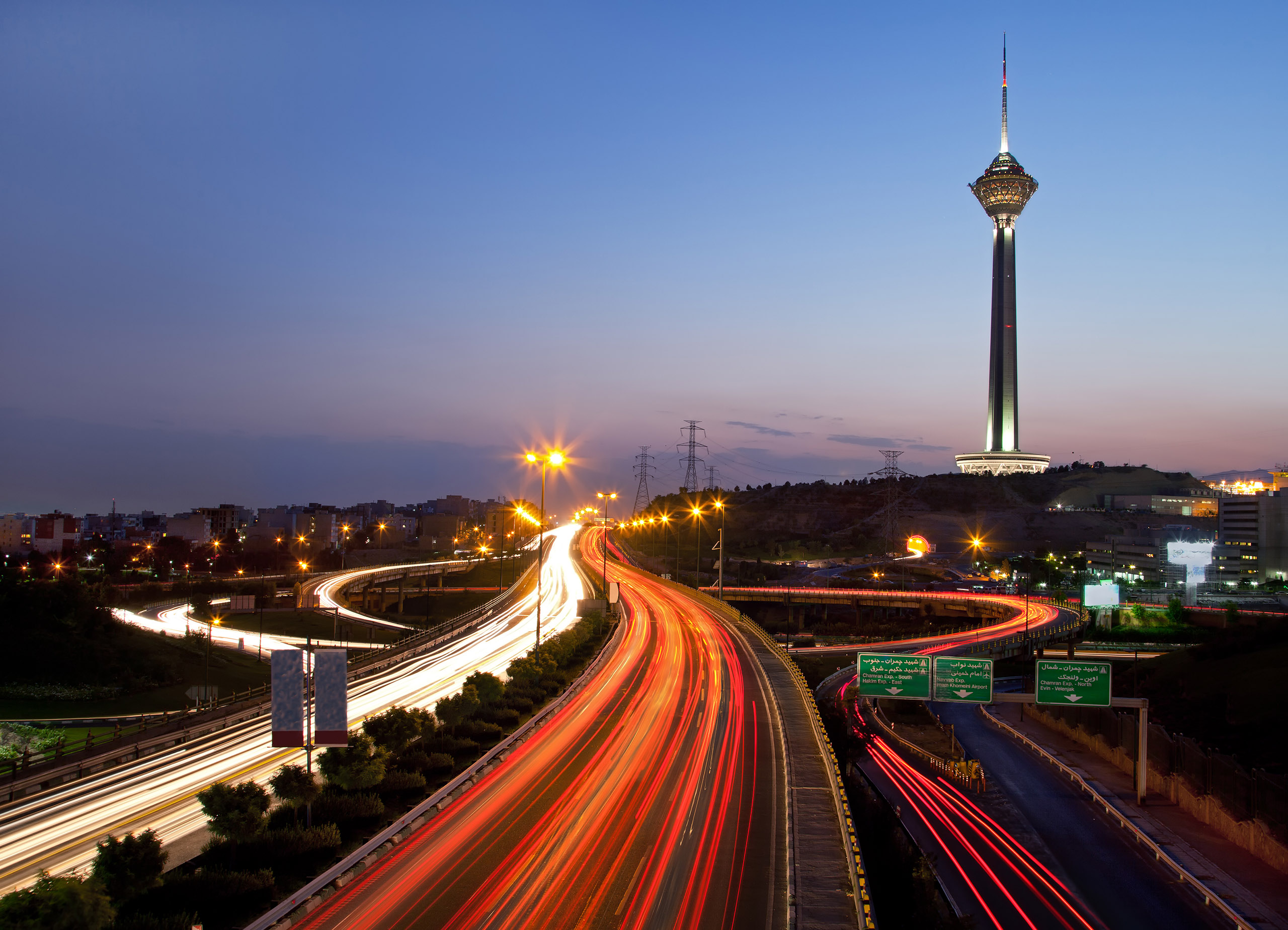
Iran is a prominent nation in the Middle East. Bordered by the Caspian Sea from the north and the Persian Gulf from the south, it boasts a vast territory spanning 1,648,195 square kilometers, making it the 17th largest country globally. Exploring Iran reveals a land of diverse landscapes and rich cultural heritage, ensuring visitors need ample time to experience its wonders truly.
Tehran, the bustling capital city, serves as the beating heart of Iran, pulsating with energy and activity. It is not only the largest but also the most populous city in the country. Other notable urban centers include Isfahan, Shiraz, Tabriz, and Mashhad, each offering unique charm and allure.
Language
While Persian (Farsi) stands as the official language of Iran, reflecting its profound historical and cultural roots, the country is also home to linguistic diversity. Alongside Persian, various languages and dialects such as Azeri, Kurdish, Luri, Arabic, Baluchi, Gilaki, Mazandarani/Tabari, and Turkmen are spoken by a significant portion of the population, enriching the tapestry of Iranian society with their unique nuances and expressions.
Ethic Groups
Iran is home to diverse ethnic groups, each contributing to the country’s rich cultural landscape. While Persians constitute the majority ethnic group, there are significant Turkic and Arab elements alongside Kurds, Baloch, Bakhtyari, Lurs, and other minorities, such as Armenians and Assyrians.
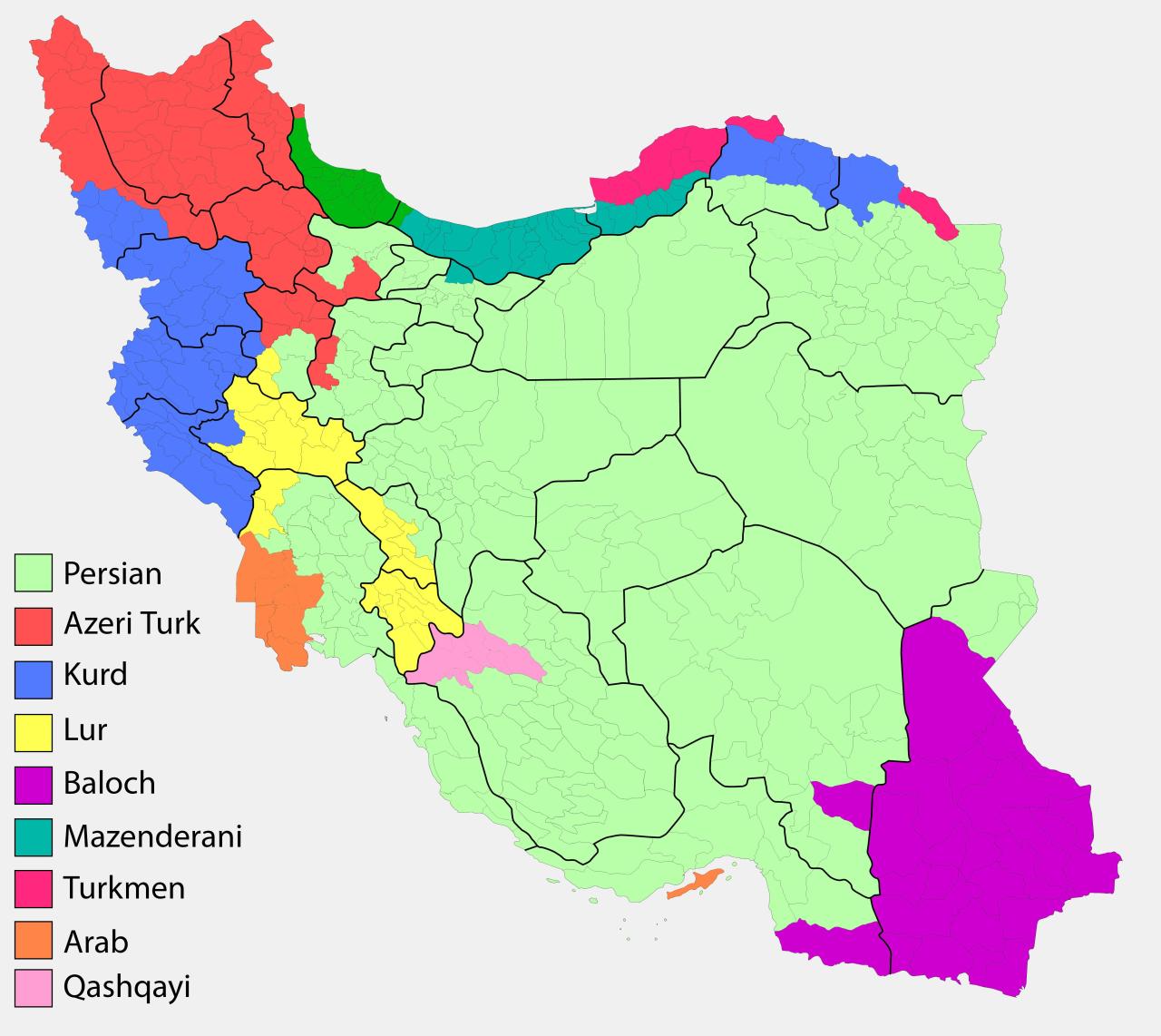
Many of these groups trace their ancestry back to ancient times, with Persians, Kurds, and speakers of other Indo-European languages descending from Aryan tribes, while those of Turkic ancestry originated from tribes that migrated from Central Asia in the 11th century CE.
On the other hand, the Kurds concentrated in the western mountains. In the same region, the seminomadic Lurs and Bakhtyari tribes reside, with the Baloch inhabiting Iranian Baluchistan bordering Pakistan. In the northwest, the Azerbaijanis are the largest Turkic group, followed by the Qashqai and Turkmen in other regions.
Religions
Iran embraces diverse religious beliefs that coexist harmoniously within the country’s borders. While Islam predominates, with the majority of Iranians adhering to the Shi’a branch, the nation also hosts a significant Sunni Muslim minority, along with smaller communities of Zoroastrians, Jews, Christians, Mandeans, Hindus, and Yarsanis. These religious minorities enjoy official recognition and protection, with reserved seats in the Iranian parliament.
The historical influence of Shi’a Islam has profoundly shaped the nation’s culture, governance, and societal norms. Today, Iran is synonymous with Shi’a Islam, with the majority of its population identifying as Twelver Shiites, recognizing twelve divinely ordained leaders known as the Twelve Imams.
However, Iran’s religious mosaic extends beyond Islam, including ancient traditions such as Zoroastrianism, Christianity, and Judaism. Despite their minority status, these religious communities play a vital role in Iran’s cultural heritage, contributing to its rich beliefs and practices. From Zoroastrian fire temples to historic churches and synagogues, Iran’s religious minorities preserve ancient traditions and serve as symbols of coexistence and diversity within the nation.
Neighboring Countries
Iran shares its borders with different countries. To the north, Azerbaijan, Armenia, Turkmenistan, and the Caspian Sea define its boundary, developing cultural exchange and strategic considerations. The eastern frontier is bounded by Pakistan and Afghanistan, regions marked by historical interactions and shared challenges.
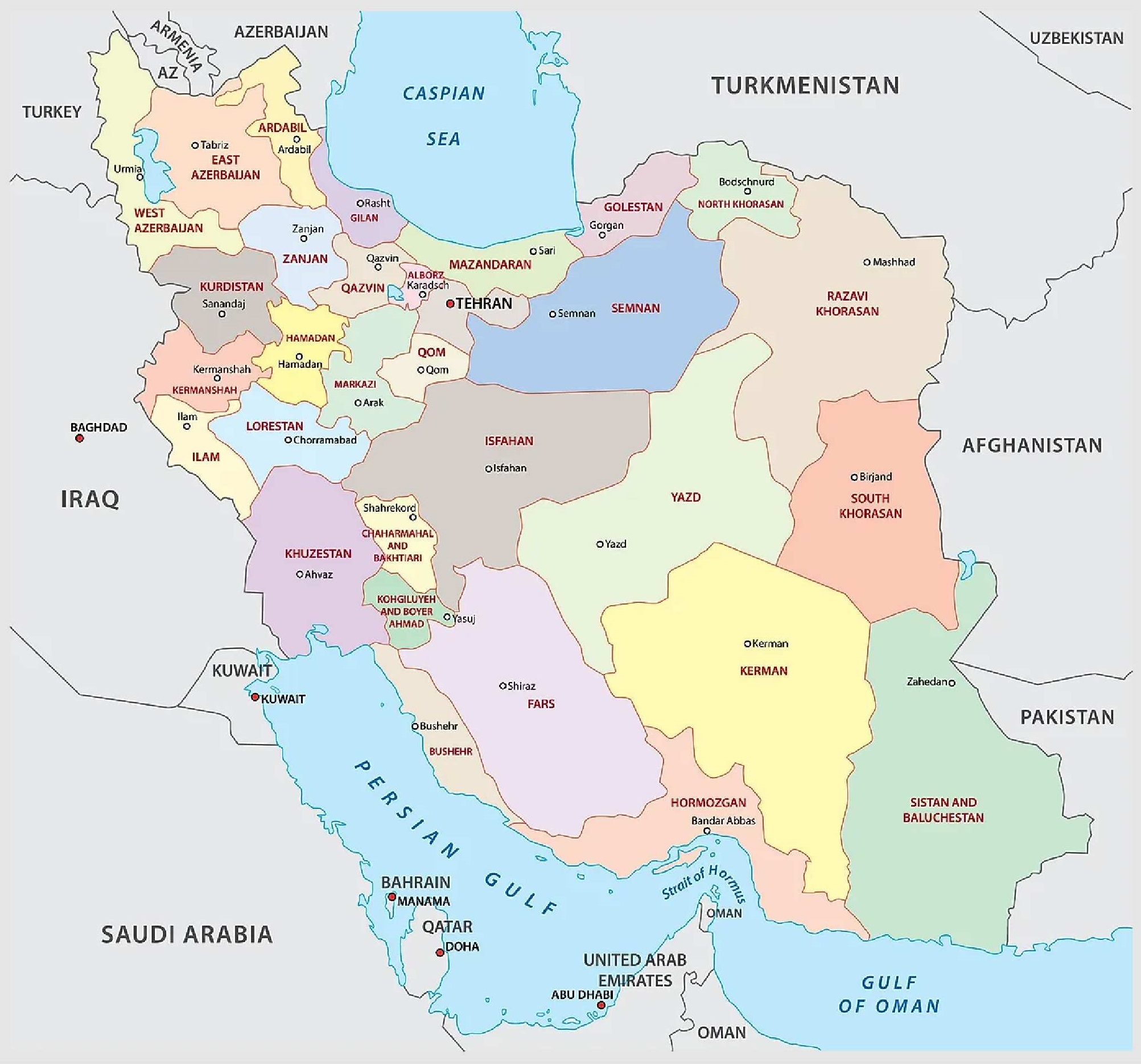
Towards the south, the Persian Gulf and the Gulf of Oman offer Iran access to vital maritime routes, shaping its economic and security interests. Turkey and Iraq are significant neighbors to the west, influencing regional dynamics and historical narratives. These neighboring nations collectively form various geopolitical interactions that profoundly influence Iran’s domestic and international affairs.
Climate
Iran experiences diverse climates, with most regions characterized by dry or semi-dry conditions. However, climate patterns vary significantly from one area to another. In the mountainous northwest, temperatures tend to be lower, with long, harsh winters followed by mild summers. Conversely, the Khuzestan plains endure scorching hot and humid summers while winters remain mild.
The climate becomes notably dry in the internal plateau, with winter temperatures dropping to freezing levels, particularly in desert regions. Summaries are moderately hot along the coast of the Caspian Sea, and the area receives heavy rainfall during the autumn and winter seasons, contributing to a more temperate climate than the arid interior.
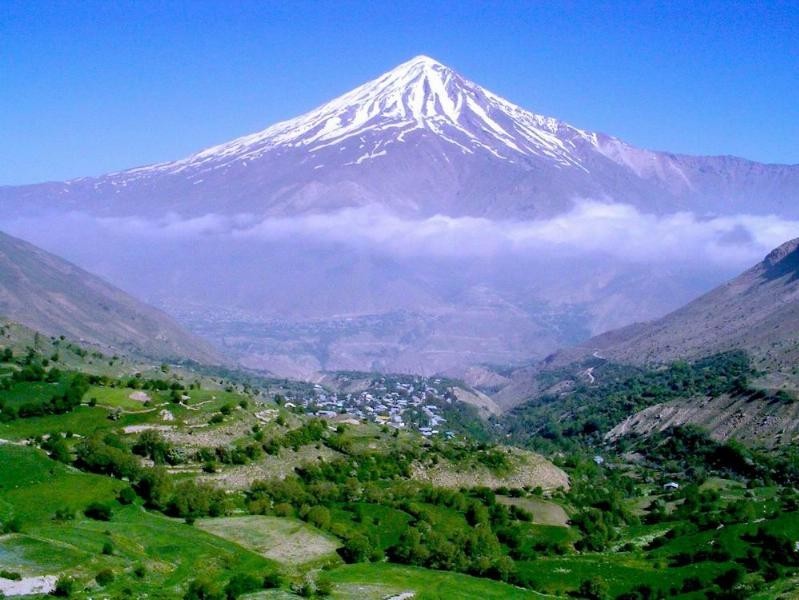
Terrains
Iran offers diverse and captivating terrain for outdoor enthusiasts to explore. The country’s landscape varies from rugged mountains to expansive deserts. In the west, the Zagros Mountains dominate the scenery, offering towering peaks and deep valleys for mountaineers to conquer. These mountains are known for their rugged beauty and challenging climbs, attracting climbers worldwide.
To the north, the Alborz Mountains run parallel to the Caspian Sea, providing stunning vistas and challenging routes for climbers. Mount Damavand, the highest peak in Iran and the highest volcano in Asia is a popular destination for mountaineers seeking an unforgettable experience.
In the central and eastern regions, vast deserts like the Dasht-e Kavir and Dasht-e Lut offer unique opportunities for exploration and adventure. These deserts feature stunning dunes, salt flats, and rocky terrain, contrasting the country’s mountainous regions.
Whether scaling towering peaks or traversing vast deserts, Iran’s diverse terrain offers endless opportunities for outdoor enthusiasts to venture on unforgettable journeys and create lasting memories.
History
The history of Iran is woven with threads of various cultures, civilizations, and dynasties, each contributing to its rich heritage. It’s a land where diverse ethnic groups have lived for millennia, leaving traces of their existence in archaeological findings. The term “Iran” itself means the land of Aryans, reflecting the migration of Indo-Iranians to the Iranian plateau around 2000 BCE. Before the arrival of the Aryans, Iran was home to civilizations characterized by peace-loving, agricultural, and artistic pursuits.
One of the earliest recorded dynasties in Iran is the Medes, who established the first state in the late 8th century BC. Their rule marked the beginning of organized political power in the region. The Achaemenid Persian Empire, founded by Cyrus the Great in 550 BCE, expanded to become the largest empire the ancient world had seen, stretching from Anatolia to northern India. This empire laid the foundation for Iran’s political and cultural identity, with notable achievements such as constructing Persepolis.
Following the Achaemenids, the Seleucid Empire, the Parthian Empire, and the Sasanian Empire successively ruled Iran, each leaving its mark on its history. The Parthians, in particular, expanded Iran’s territory and fostered trade along the Silk Road, contributing to its prosperity. The Sasanians promoted Zoroastrianism as the state religion and established a centralized government, with the king seen as the earthly representative of the god Ahuramazda.
The medieval period saw the rise of the Seljuk Empire, Mongol Empire, Timurid Empire, and Safavid Empire, each shaping Iran’s political landscape. The Safavids, in particular, established Shi’ism as the official religion and promoted Persian culture, leaving a lasting impact on Iranian identity. The Qajar dynasty followed, witnessing economic decline and political unrest. The Pahlavi era brought modernization efforts but also faced challenges, ultimately leading to the Islamic Revolution of 1979, which ended the reign of the Shah and established an Islamic Republic in Iran.
Tourist Attractions
Iran is a treasure trove of tourist attractions, boasting a rich tapestry of ancient history, diverse culture, and breathtaking natural landscapes. Whether you’re drawn to towering mountains, vast deserts, or awe-inspiring historical sites, Iran has something to offer every traveler.
Iran boasts rich cultural and historical attractions. UNESCO World Heritage sites like Persepolis, the ancient capital of the Achaemenid Empire, and the magnificent Pink Mosque in Shiraz showcase Iran’s rich architectural heritage. Palaces, traditional houses, and historical mosques adorned with intricate tilework offer glimpses into Iran’s illustrious past.
Exploring Iran’s vibrant cities is a must for any traveler. From the bustling streets of Tehran, the dynamic capital, to the enchanting alleyways of Isfahan and the poetic charm of Shiraz, each city offers its unique blend of culture, history, and hospitality.
Kashan, known as the jewel of Dasht-e Kavir, enchants visitors with its timeless beauty and architectural splendor. The city’s historic houses, such as the Tabatabai and Abbasi houses, showcase exquisite Persian craftsmanship and design. Kashan’s tranquil gardens, like the Fin Garden, provide serene retreats amidst the desert landscape, while its traditional bazaars offer glimpses into Iran’s rich cultural heritage.
Isfahan, often called Nesf-e Jahan (half of the world), captivates travelers with its breathtaking architecture and vibrant culture. The city’s UNESCO-listed Naqsh-e Jahan Square, flanked by iconic landmarks like the Imam Mosque and Sheikh Lotfollah Mosque, is a testament to Iran’s glorious past. Isfahan’s atmospheric bridges, including the historic Si-o-Se Pol, beckon visitors to stroll along the tranquil waters of the Zayandeh Rud River.
Shiraz, the city of poets and gardens, exudes romance and mystique. Home to the UNESCO-listed Persepolis and the tranquil gardens of Eram and Naranjestan, Shiraz is steeped in history and natural beauty. The city’s bustling bazaars, vibrant street life, and cultural landmarks like the Tomb of Hafez and the Arg of Karim Khan offer endless opportunities for exploration and discovery.
These cities and others like Yazd, Kerman, and Tabriz form the backbone of Iran’s cultural landscape, each offering a unique blend of history, art, and hospitality. Whether wandering through ancient bazaars, marveling at architectural wonders, or simply savoring the flavors of Persian cuisine, travelers will surely be captivated by the richness and diversity of Iran’s urban centers.
Hospitality and Cuisine
Iranian cuisine is a delightful mixture of flavors, colors, and aromas that reflect the country’s rich culinary heritage and cultural diversity. From aromatic rice dishes to succulent kebabs and fragrant stews, Iranian food tantalizes the taste buds and leaves a lasting impression on visitors.
Hospitality is deeply ingrained in Iranian culture, and sharing a meal is an old tradition that boosts warmth and connection. Guests are kindly embraced and treated to various delicacies, often served on intricately decorated tablecloths known as “sofreh.” Iranians take pride in offering generous food portions, ensuring no guest leaves the table unsatisfied.
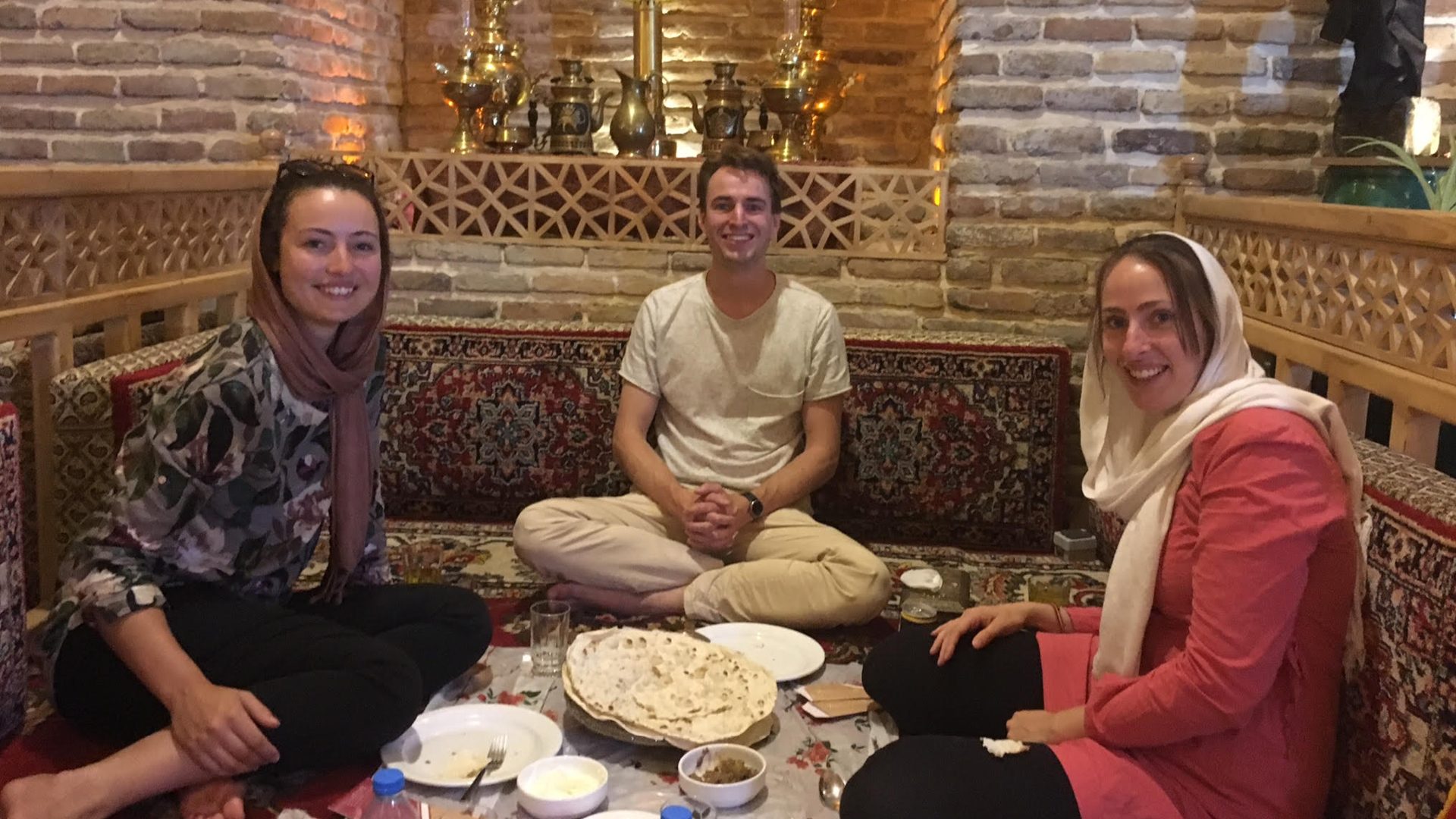
One of the cornerstones of Iranian cuisine is rice, which forms the basis of many dishes and is often served alongside flavorful stews or kebabs. Saffron-infused rice, known as “chelo,” is a staple in Iranian households and is typically accompanied by a variety of side dishes such as grilled tomatoes, yogurt, and fresh herbs.
Kebabs are another culinary highlight, with tender meat or chicken marinated in aromatic spices and grilled to perfection. Popular varieties include “koobideh,” made from minced meat, and “joojeh,” featuring succulent pieces of chicken seasoned with saffron and lemon juice.
No Iranian meal is complete without a hearty stew, or “khoresh,” showcasing the country’s diverse flavors and ingredients. From the rich and savory “ghormeh sabzi,” made with herbs, beans, and meat, to the sweet and tangy “fesenjan,” featuring a luxurious blend of pomegranate and walnuts, Iranian stews are a true culinary delight.
Vegetarians will also find plenty to savor in Iranian cuisine, with many dishes featuring fresh vegetables, legumes, and herbs. “Mirza Ghasemi,” a smoky eggplant and tomato dip, and “ash-e reshteh,” a hearty noodle soup, are just a few examples of vegetarian delights that grace Iranian tables.
Beyond the food, Iranian hospitality is characterized by warmth, generosity, and a genuine eagerness to please guests. Visitors are often greeted with offerings of tea, sweets, and fruits and are encouraged to indulge in lively conversation and camaraderie. Whether dining in a local home or at a bustling restaurant, guests can expect to be treated with the utmost kindness and respect, making every meal in Iran a memorable and heartwarming experience.
Visit Our Iran
Iran’s captivating blend of ancient history, diverse culture, and mouthwatering cuisine offers travelers an unforgettable experience. Every moment spent in this enchanting country is filled with discovery and delight, from exploring magnificent historical sites and savoring exquisite flavors to basking in the warmth of Iranian hospitality. Whether trekking through majestic mountain ranges, wandering through bustling bazaars, or admiring the intricate architecture of centuries-old mosques, Iran beckons adventurers and culture enthusiasts alike to embark on a lifetime journey. So, why wait? VOI offers advanced support and services for your visit to the country. Come and immerse yourself in the beauty and charm of Iran – a land where the past meets the present, and every corner reveals a new and wondrous treasure.
